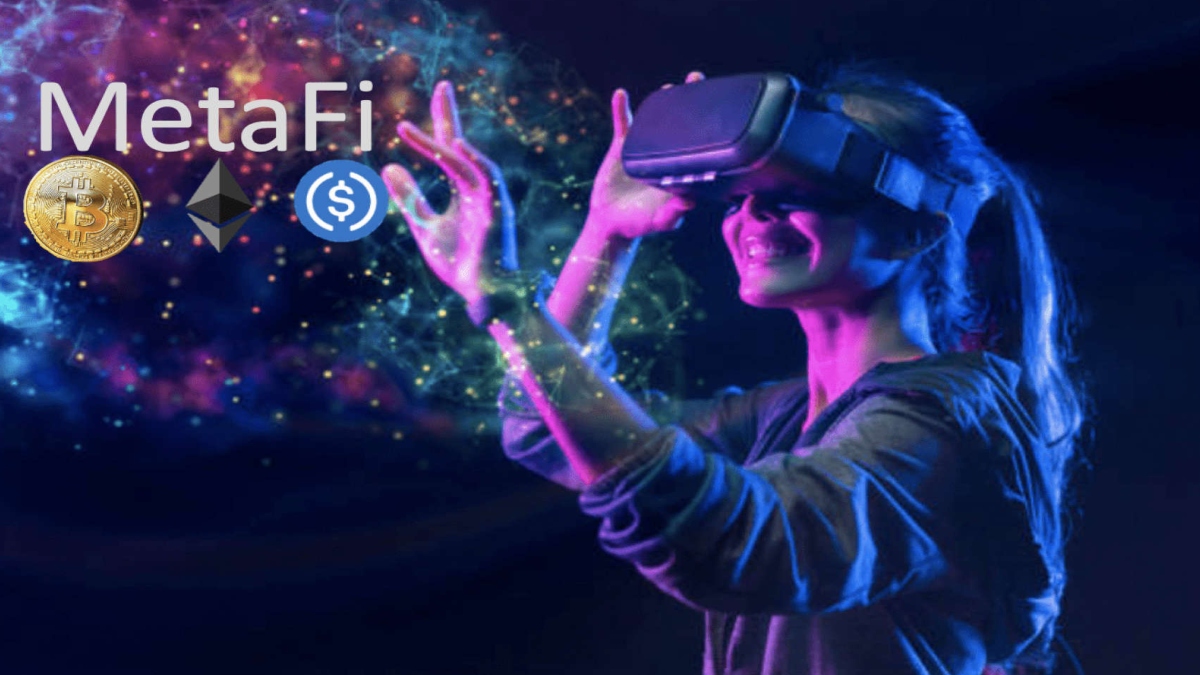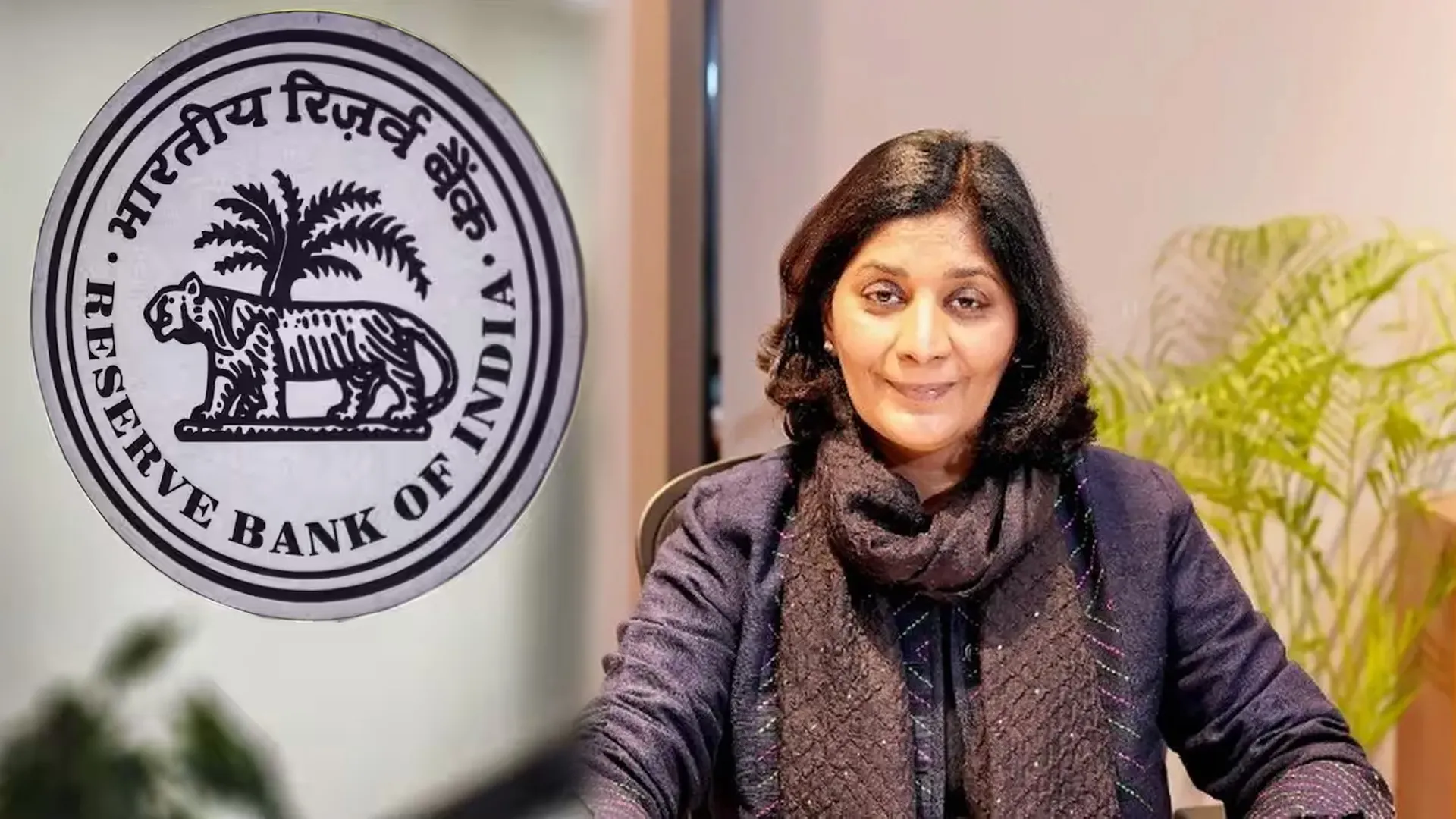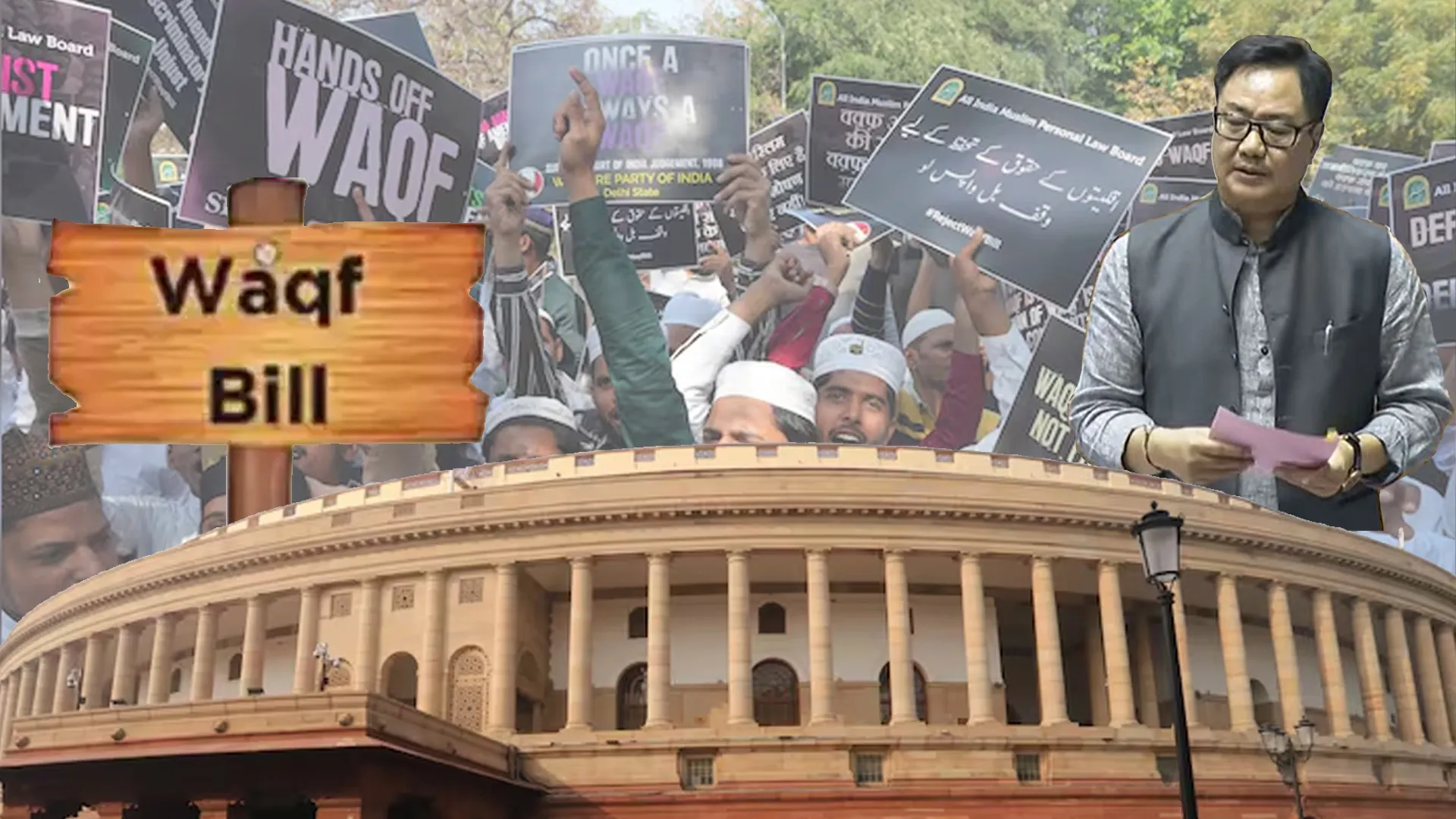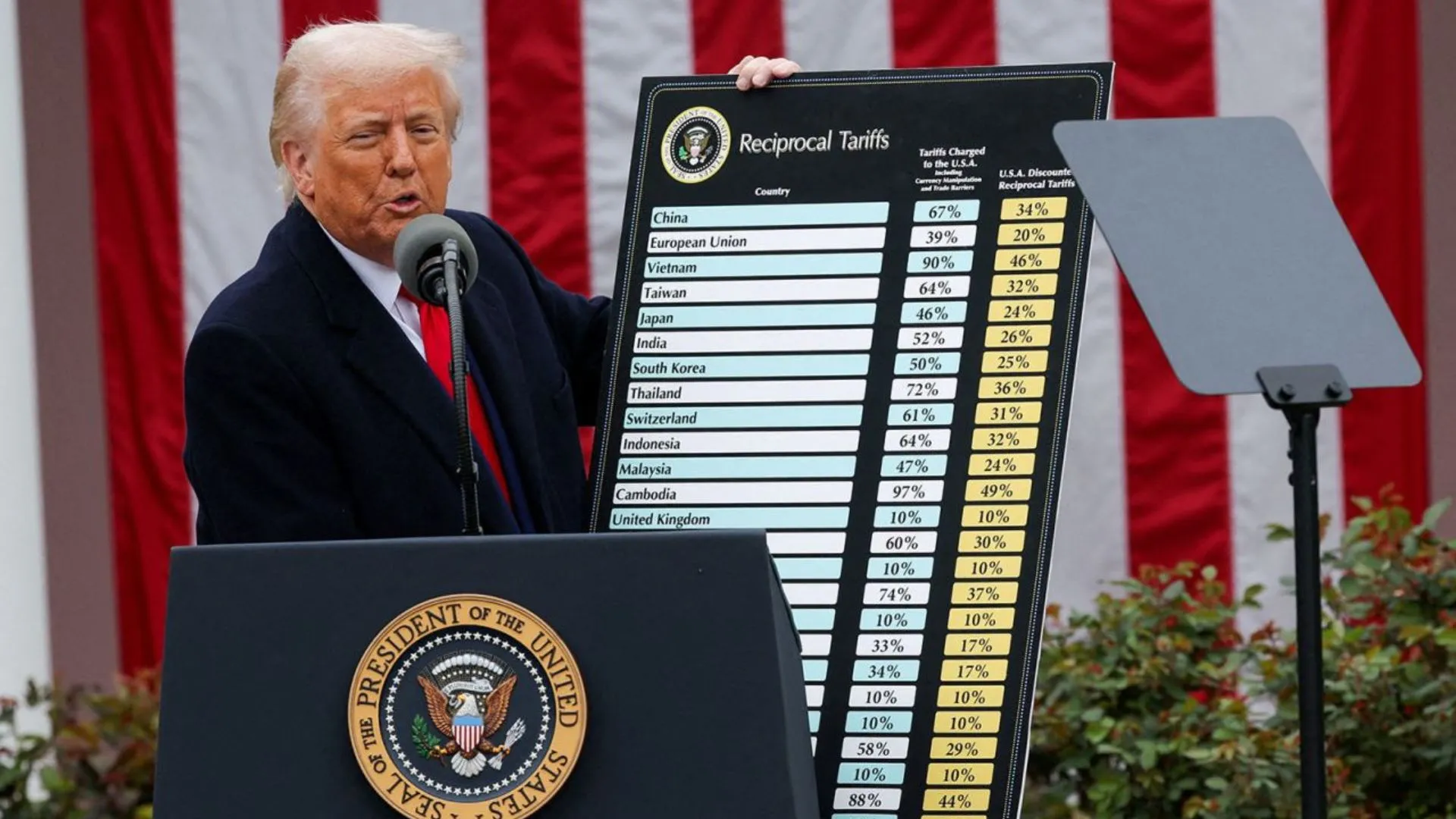The covid 19 pandemic has accelerated and enhanced a lot of the online behaviors we’ve been observing and taking part in over the years. This week we’re going to discuss what the future of work (or some work, anyway) looks like on the metaverse, and its potential in the long-run. We are using the term ‘Meta-Fi’ or ‘meta finance’, inspired by ‘Game-Fi’ or ‘game finance’, to refer to this new way of earning and spending money within the metaverse.
A key part of gaming has always been collecting, purchasing, and earning in-game tokens. You may have played some games and seen this for yourself. These tokens are used by the player to customize their in-game characters and ‘power up’. Over time, as these in-game resources accumulate, the value of character assets can rise. These assets have historically been limited to the confines of the game itself, meaning that players can trade or otherwise conduct asset interactions only within the game, with no real-life value of those assets. Game companies can discontinue or change the value of these assets within the game on a whim with no oversight, leading to an immediate decrease in player and character abilities, and a resulting fall in the value of those assets, assets which players have developed over months or even years of gameplay.
What we’re seeing on metaverse gaming platforms like Roblox and Fortnight, however, is that in-game assets, with the help of blockchain technology, are now no longer valuable only within the game. Blockchain provides the metaverse with the transactional transparency needed to seed real-world value into in-game assets. With blockchain-based crypto currencies, therefore, whatever you accumulate during gameplay will have a real-world monetary value and be eligible for instant liquidation to a currency of your choice.
Were seeing metaverse-oriented games like Cryptokitties and Axie Infinity develop robust in-game communities where players are engaging in a variety of complex interactions: building guilds to train new players and collectively funding game scholarships to enable disadvantaged players to participate in gameplay. In Axie Infinity, for example, players collect monsters called Axies, which they then train for battles. Players can choose to breed with other players’ Axies, trade them, and of course, engage in battles to win prizes. Many gamers are taking to gifting a starter team of Axies to their loved ones as a fun financial investment. As Axies exist as NFTs, they can be liquidated and converted into real-world assets at a moment’s notice.
Now there is some cause for concern here, in that the financial side of blockchain-based technologies isn’t regulated and could well form a bubble which doesn’t survive a market crash. To account for this contingency, there is a need for metaverse gaming companies to develop real-world accountability and usability into gameplay for it to have longevity.
To do this, you need to have unique community engagement. Gamers are passionate and knowledgeable individuals and thrive best in a gameplay environment with the potential to create. Nobody likes a corporate entity dictating all aspects of gameplay. An open-source element ensures that players can truly participate in gameplay and make it their own by building new environments and manipulating virtual surroundings in new and exciting ways. In addition, an open-source, buildable world helps to minimize biases and encourages innovation, bonding creators tightly with their creations in a way which monetises their gameplay and translates into real-world assets. Ideally within the metaverse, gamers’ time will be properly compensated through ‘game finance’ systems which will make liquidity a central component of any game world.
A no-code world-building platform like MetaQube empowers users to do just that, and not just gamers, but teachers and students, engineers and professors. A real-world monetary (or any other) incentive to games will revolutionise problem-solving and gameplay. By giving the keys to creation to a large and diverse community, the metaverse can give rise to an ecosystem where creators decide how they are paid and community interactions dictate the rules. This will be a truly immersive economic experience, where ideas and plans to run the game ecosystem will come from the collective. We want the gaming and creator community to interact with each other, solve problems, and figure out ways to make the metaverse safe, exciting, and fair.
The collaborative and decentralised nature of the nascent metaverse is already providing solutions to problems. For instance, mining crypto currency consumes a lot of energy. It’s not good for our planet. But we now have the option to choose crypto currencies which are environmentally -friendly, like Solarcoin and Bitgreen.
The metaverse isn’t going anywhere. The global gaming industry is projected to grow at a phenomenal pace, to $218.7 billion by 2024. And gaming is seen to be a key use for 5G technological advancements. A metaverse game world that gives players the power to create and shape the world, i.e. is decentralised, has potential for liquidity, and possesses accountability and real-life utility, will be a game changer in creator and gaming economies.






















